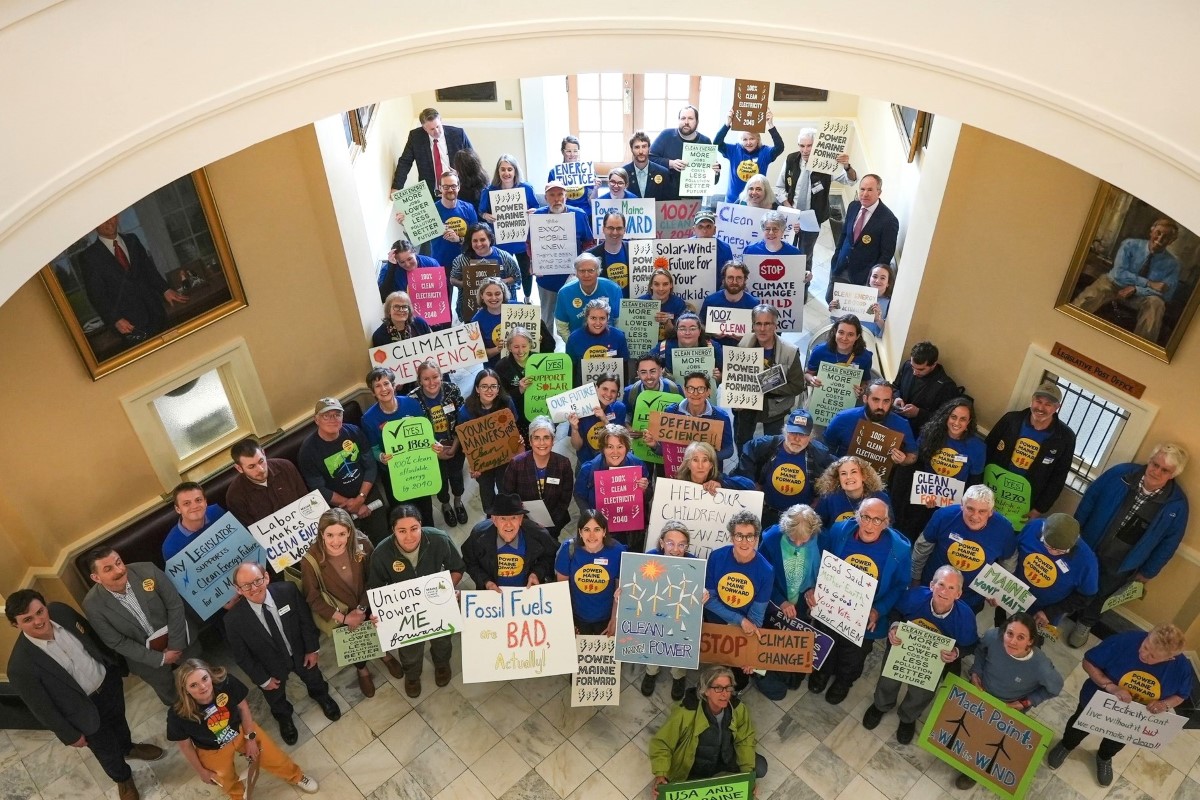To: Interested Parties
From: Bill Holland, Vice President, State Policy and Advocacy, LCV
Re: States are the last line of defense against Trump’s attacks on clean energy and raising utility bills
Donald Trump and Congressional Republicans’ attacks on clean energy have led to higher utility bills for Americans nationwide. In response, state leaders across the country are enacting policies that deploy clean energy to lower energy costs and pollution. The Republican budget is expected to add more than $100 a year to Americans’ bills, and his administration’s attempt to block and limit wind and solar energy could cost even more.
State and local leaders continue to provide a different path focused on deploying clean energy at scale, reducing pollution, and lowering utility bills. In recent weeks, we’ve seen actions like California governor Gavin Newsom’s executive order to speed up clean energy projects eligible for federal Inflation Reduction Act tax credits before they expire, and New Jersey gubernatorial candidate Mikie Sherril’s No Rate Hikes pledge that she made on the campaign trail last month. These actions follow months of significant steps taken at the state level to build renewables and protect ratepayers around the country.
Below we break down the most important laws passed by state legislatures and actions taken by governors so far this year that support the clean energy economy and advance state climate goals. In partnership with groups across the country, the League of Conservation Voters’ state affiliates in the Conservation Voter Movement have rallied the public and won meaningful progress nationwide. Together, they understand that our collective response has never been more important. State action is critical to not only hold the line against federal attacks, but to keep the country moving forward on climate.
 Maine Conservation Voters joined over 100 advocates and volunteers at the State House for the Power Maine Forward day of action, showing that Mainers are ready for a clean energy future that’s affordable, reliable, and built at home. Credit: Maine Conservation Voters
Maine Conservation Voters joined over 100 advocates and volunteers at the State House for the Power Maine Forward day of action, showing that Mainers are ready for a clean energy future that’s affordable, reliable, and built at home. Credit: Maine Conservation Voters
